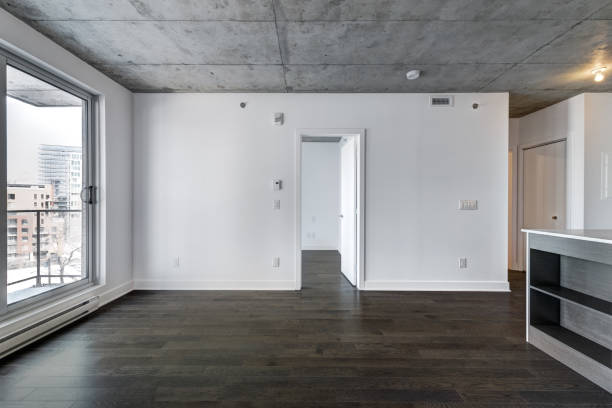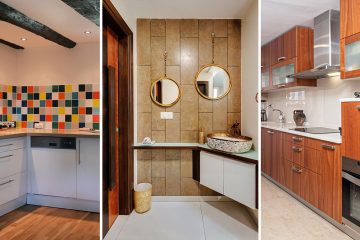wooden floors in bathroom

Introduction
When it comes to bathroom flooring, the classic choice has been tiles. However, there’s a growing trend towards using wooden floors in bathrooms for a warm, inviting feel. While the idea of wooden floors in a moisture-prone environment might raise eyebrows, it’s essential to weigh the pros and cons before making this stylish yet unconventional choice.
1. The Warmth of Wood
One of the primary reasons homeowners consider wooden floors in bathrooms is the warmth they add to the space. Wood creates a cozy and inviting atmosphere, providing a stark contrast to the cold, clinical feel often associated with tiled bathrooms.
2. Aesthetically Pleasing
Wooden floors bring a touch of natural beauty to the bathroom. With various wood species and finishes available, you can tailor the flooring to match your overall design aesthetic, creating a harmonious and visually appealing space.
3. Comfort Underfoot
Walking on a wooden floor is more comfortable compared to cold tiles, especially during colder seasons. This comfort factor can make your bathroom experience more enjoyable, especially during early mornings or late nights.
4. Versatility in Design
Wooden floors offer versatility in design, allowing you to experiment with different patterns, including herringbone or chevron layouts. This flexibility opens up creative possibilities to make your bathroom truly unique.
5. Consistency with Other Areas
If your home features wooden flooring in other rooms, extending it to the bathroom can create a seamless and consistent look throughout the house, enhancing the overall flow and design continuity.
Cons:
1. Moisture and Water Damage
The most significant concern with wooden floors in bathrooms is the exposure to moisture. Bathrooms are inherently humid spaces, and water spills are common. Wood is susceptible to damage from prolonged exposure to moisture, leading to warping, swelling, or even mold growth.
2. High Maintenance
Wooden floors in bathrooms require diligent maintenance. Regular sealing and waterproofing are essential to protect the wood from moisture. Spills must be promptly cleaned to prevent damage, making it a higher maintenance option compared to tiles.
3. Cost Considerations
While the initial cost of wooden flooring can be comparable to high-quality tiles, the ongoing maintenance costs may add up. Specialized cleaning products and occasional resealing contribute to the overall expense of choosing wooden floors in the bathroom.
4. Limited Availability of Hardwood
Not all types of wood are suitable for bathroom environments. Hardwood species with natural resistance to moisture, such as teak or cedar, are limited compared to the array of tiles available.
5. Installation Challenges
Installing wooden floors in a bathroom requires careful consideration of the subfloor, proper sealing, and precise installation to minimize the risk of water damage. This can make the installation process more complex compared to laying traditional bathroom tiles.
Conclusion
While the idea of wooden floors in bathrooms brings a touch of luxury and warmth, it’s crucial to weigh the pros and cons before making this decision. If you’re willing to invest in proper maintenance and choose a hardwood species with natural resistance to moisture, wooden floors can indeed elevate your bathroom’s aesthetic. However, for those seeking a low-maintenance and water-resistant option, traditional tiles might still be the safer choice.







